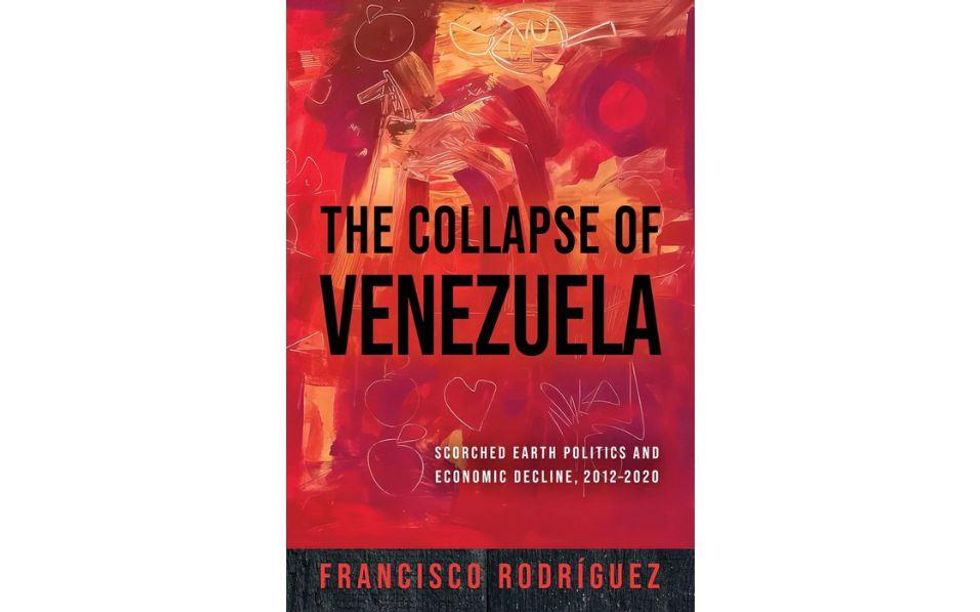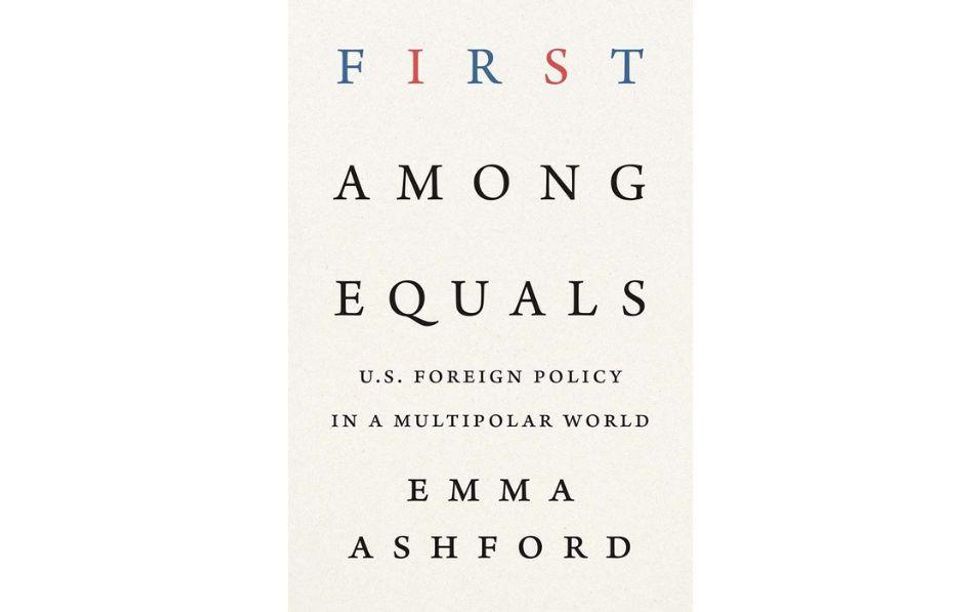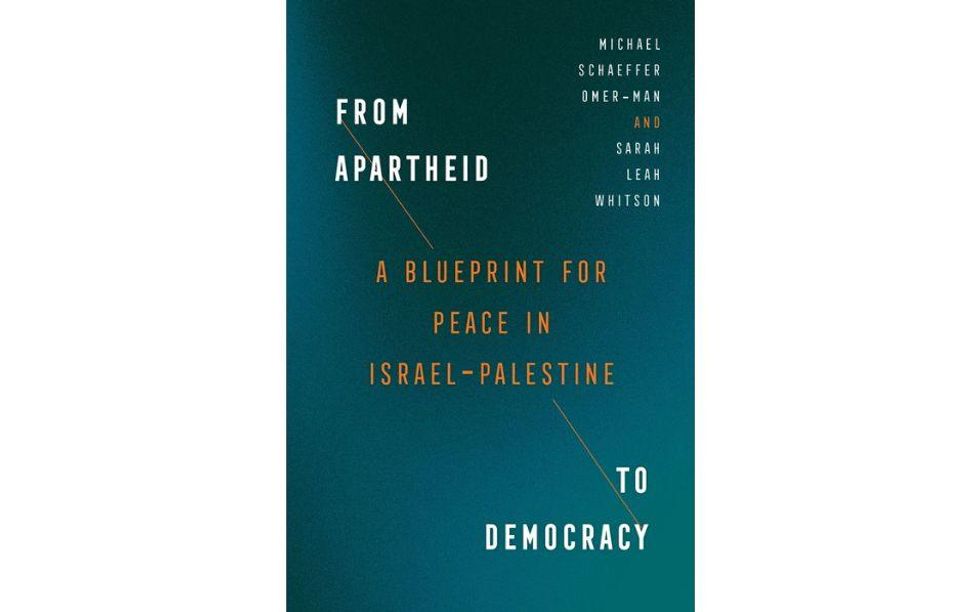Momentum is building around Joe Biden’s presidential campaign, as polling indicates he is leading President Trump. The campaign has recently rolled out a series of ambitious policy plans related to housing, energy, taxes, and foreign policy. Observers have begun to speculate whether Biden will rival Franklin Delano Roosevelt as the most progressive president in U.S. history.
So when the Quincy Institute’s plan for U.S. policy in the Middle East dropped on July 17, the timing was fairly momentous.
The report calls for narrowly defining U.S. interest in the Middle East. A policy in the region must focus on safeguarding the United States from attack and ensuring the free flow of global commerce. The authors contend that these goals could be accomplished by reducing the U.S. military presence, extending diplomatic efforts to secure human rights, and setting up a regional security architecture modeled after the Organization for Security and Cooperation in Europe.
The failure of the United States to contain the coronavirus lends the Quincy Report an air of common-sense pragmatism. The United States, quite simply, cannot continue to spend trillions on Middle East wars, nor can it continue to back partners that trample on human rights, repress democracy, and undertake risky and expensive regional interventions confident of U.S. backing.
Yet the Quincy Report, while vivid and well-framed, is highly ambitious. The authors’ aims are sure to be tempered by circumstance outside of U.S. control, as well as the limitations imposed by current and past policy.
This is particularly true in the report’s call for normalized relations between the United States and its historical bête noire, the Islamic Republic of Iran.
The two nations have been locked in confrontation for 40 years. The Joint Comprehensive Plan of Action, the nuclear agreement reached in 2015, was a significant step towards improving relations. The agreement placed restraints on Iran’s nuclear program in exchange for sanctions relief.
In May 2018, the Trump administration abandoned the JCPOA, and instigated a “maximum pressure” campaign against Iran that included new economic sanctions. Though ostensibly aimed at forcing Iran into a new nuclear agreement, U.S. policy has been a thinly-disguised push for regime change.
The result has been escalating tension: on at least two occasions since May 2018, the United States and Iran have come to the brink of all-out war, as the U.S. assassinated key Iranian leaders and Iran began edging away from the JCPOA. As the Quincy report states, returning to “full compliance” with the JCPOA “on both sides” is the first step towards normalized relations.
In July 2019, Biden told the Council on Foreign Relations that he would rejoin the deal, “if Iran moves back into compliance.” He restated his position during an interview with The New York Times in 2020. According to a draft resolution from the Democratic National Committee in July 2020, the Biden administration would focus on “diplomacy, de-escalation, and regional dialogue,” with a return to “mutual compliance” serving as the “beginning, not the end, of our diplomacy with Iran.”
This language, though hailed by progressive groups as a step towards improving U.S.-Iranian relations, conceals some considerable caveats. A U.S. return would be conditional on Iran achieving full compliance. Advocates for returning to the deal have argued for “freezing” sanctions in place or using existing sanctions as leverage. There is no talk of ending sanctions beforere-joining the deal: Biden, though critical of Trump’s policies, does not appear willing to reverse them without Iran offering concessions of its own.
In 2020 Iran began to ramp-up its production of nuclear materials. By March 2020, the International Atomic Energy Agency warned that Iran was edging towards non-compliance. The European Union triggered the JCPOA dispute mechanism in January 2020, citing Iran’s rule-breaking. But Iran triggered the very same mechanism in July 2020, arguing that the agreement’s other members were not living up to their commitments. Foreign minister Javad Zarif called on Europe to stand by the agreement in the face of “U.S. bullying.” Supreme Leader Ali Khamenei has argued that Iran will continue to reduce its compliance until the U.S. ends its maximum pressure campaign and returns to the JCPOA as it was originally agreed in 2015.
It will be difficult for either side to retreat from these positions. A favorable scenario would be one where Iran suspended its uranium enrichment, allowing the Biden administration to reduce sanctions without losing face. But Iran is unlikely to take such a step unprompted.
The U.S. seemingly occupies the stronger position, with its overweening economic and military power. Yet European leaders have expressed considerable frustration with the U.S. decision to exit the deal in 2018. The U.S. argued it was withdrawing because Iran was not adhering to the agreement. But in April 2020, the Trump administration argued that the U.S. never actually left the agreement, as a justification to implement “snap-back” sanctions. Regardless of a change in administration, the credibility of the United States has suffered a deep blow, something which Biden himself has acknowledged.
Moreover, U.S. leverage over Iran is not quite as strong as it was prior to 2015. Despite sanctions, COVID-19, and rising internal unrest, the regime in Tehran is not on the verge of collapse. Protests in November 2019 were mercilessly crushed, there has been no major revival in popular dissent, and Iran is cementing closer ties with China. Though recent attacks on national infrastructure, including an explosion at the nuclear facility at Natanz, have enhanced the sense of a nation under siege, such events are unlikely to push Iran’s leaders towards accepting U.S. terms.
The tide has turned against the “moderates” of the era of President Hassan Rouhani, as parliamentary elections in 2020 returned an assembly dominated by hardline voices. Mohammed Baqer Qalibaf, the new parliamentary speaker, former mayor of Tehran, and veteran of the Islamic Revolutionary Guard Corps, has emerged as a top candidate in the 2021 presidential election, where he will probably receive the support of the IRGC and the tacit approval of Khamenei.
Khamenei chose pragmatism in 2015, arguing in favor of the nuclear agreement. In 2020, however, the supreme leader is turning the tone of his government in a more hardline direction, narrowing the field of presidential candidates and placing more radical figures in positions of power. A crucial factor in the JCPOA negotiations was the rapport struck between Zarif and U.S. Secretary of State John Kerry. Qalibaf, who is aligned with the IRGC and has a history of corruption, would prove an uncooperative and duplicitous negotiating partner. Within Iran’s governing circles, the notion that a nuclear deal would lead to an economic recovery has been widely discredited, as has the idea that the United States can be trusted to honor its side of the bargain.
It is possible that the other participants in the JCPOA will pressure the United States or Iran into offering up substantive concessions, clearing the way for a return to “mutual compliance.” Of course, should Donald Trump win re-election, it is unlikely any improvement in relations will become possible in the near term.
Yet if Biden triumphs, the goals of the Quincy Report will continue to face considerable obstacles. The barriers to improving relations between the United States and Iran may not be insurmountable, but they are certainly more considerable now than they were five years ago. The JCPOA may not rise from the ashes. And the current fraught state of U.S.-Iranian relations may endure even if Donald Trump exits the White House in January 2021.
























